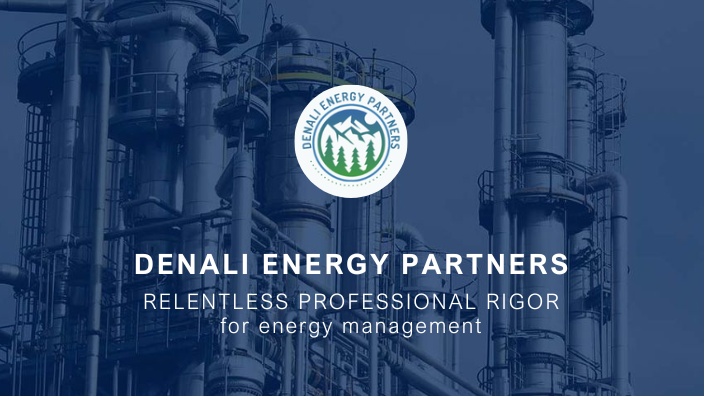Sustainable Use and Conservation of Natural Resources in the Energy Sector's Industrial Parks.
The sustainable use and conservation of natural resources within the energy sector's industrial parks is an increasingly critical topic as the global demand for energy continues to rise. Industrial parks, often hubs of economic activity and innovation, have traditionally been significant consumers of natural resources, contributing to environmental degradation and resource depletion. However, as awareness of environmental issues grows, there is a pressing need to balance industrial growth with ecological stewardship. This involves implementing strategies that not only enhance resource efficiency but also promote the conservation of biodiversity and ecosystems. By integrating sustainable practices, such as renewable energy adoption, waste reduction, and water conservation, industrial parks can transform into models of sustainable development. This shift not only helps in mitigating the environmental impact but also ensures long-term economic viability and resilience in the face of resource scarcity and climate change.
Transforming Industrial Parks: Balancing Economic Growth with Ecological Stewardship in the Energy Sector
Transforming industrial parks to balance economic growth with ecological stewardship in the energy sector is a critical endeavor in today's rapidly evolving world. As the demand for energy continues to rise, industrial parks play a pivotal role in supporting economic development by hosting a myriad of energy-related industries. However, this growth must be managed sustainably to mitigate environmental impacts. By integrating green technologies, such as renewable energy sources and energy-efficient systems, industrial parks can reduce their carbon footprint while maintaining productivity. Additionally, implementing circular economy principles, such as waste recycling and resource optimization, can further enhance ecological stewardship. Collaborative efforts among policymakers, industry leaders, and environmental organizations are essential to create frameworks that encourage sustainable practices. Ultimately, transforming industrial parks into eco-friendly hubs not only supports economic growth but also ensures the preservation of natural resources for future generations.
Eco-Friendly Industrial Parks: Balancing Economic Growth and Environmental Stewardship in the Energy Sector
Eco-friendly industrial parks represent a forward-thinking approach to balancing economic growth with environmental stewardship, particularly within the energy sector. These parks are designed to minimize environmental impact while maximizing resource efficiency, often incorporating renewable energy sources, sustainable waste management practices, and green building technologies. By fostering collaboration among businesses, governments, and communities, eco-friendly industrial parks aim to create a symbiotic relationship where economic activities can thrive without compromising the health of the planet. This approach not only helps in reducing carbon footprints and conserving natural resources but also promotes innovation and competitiveness in the energy sector, encouraging industries to adopt cleaner and more sustainable practices.
The successful implementation of eco-friendly industrial parks requires a comprehensive strategy that includes policy support, financial incentives, and community engagement. Governments can play a crucial role by providing tax breaks and subsidies for businesses that invest in sustainable technologies and practices. Additionally, fostering a culture of sustainability through education and awareness campaigns can encourage both businesses and consumers to prioritize environmental considerations. As these parks continue to evolve, they have the potential to serve as models for sustainable development worldwide, demonstrating that economic growth and environmental stewardship are not mutually exclusive but can be harmoniously integrated to create a more sustainable future for all.




